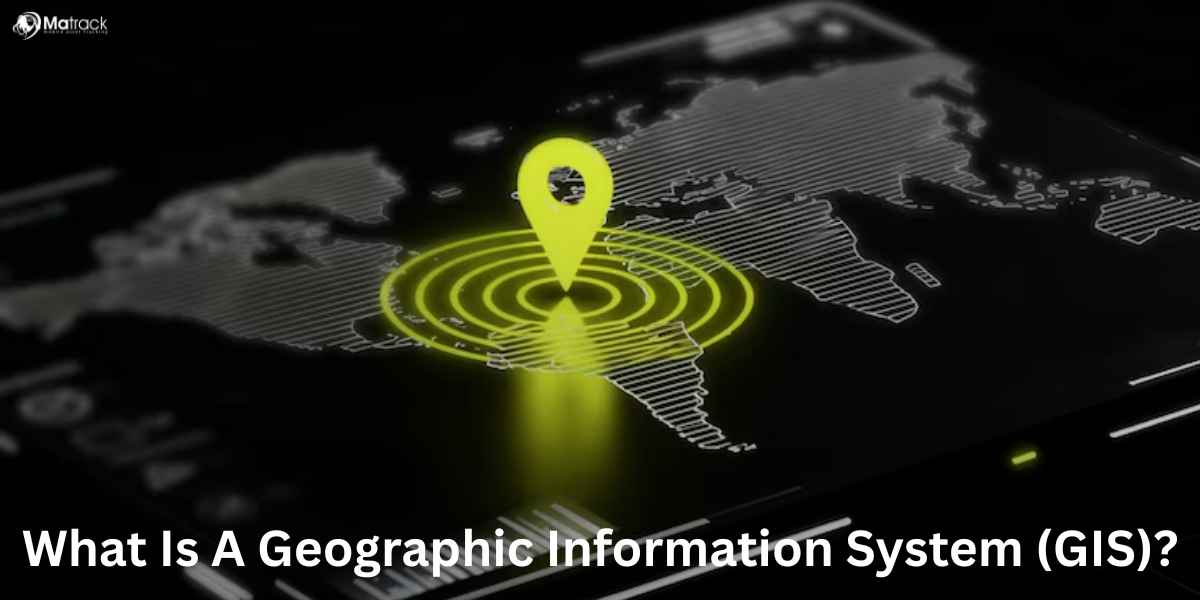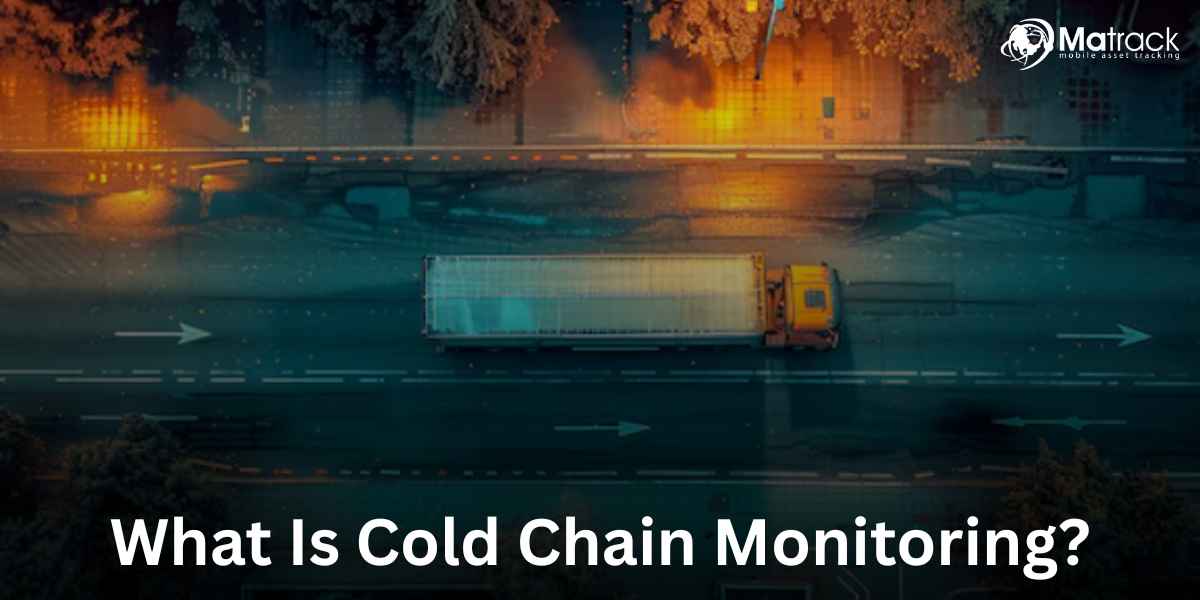Key Takeaways:
- GIS connects geographic locations with data to enable mapping, spatial analysis, and informed decision-making.
- It functions through five components that include hardware, software, data, people, and standardized methods.
- The system supports sectors like urban planning, agriculture, public health, and disaster management by identifying patterns and spatial relationships.
- Despite its benefits, GIS faces challenges related to data availability, high costs, technical skill requirements, and privacy concerns.
What Is A GIS System?
A GIS system helps us understand the world by linking places with data. It lets you see not just where things are, but what they mean in context.
With a GIS system, you can layer maps, analyze patterns, and make smarter decisions. It brings geography and information together in a way that feels both visual and practical.
What Are The Components Of A Geographic Information System?
A Geographic Information System functions through five essential components. Each plays a specific role in making spatial data useful and actionable.
Hardware
Hardware forms the backbone of every GIS setup. From GPS units and mobile tablets to drones and high-performance servers, this physical infrastructure supports everything from data collection to processing.
Software
Software brings GIS data to life through mapping, modeling, and analysis. Tools like ArcGIS, QGIS, and ERDAS Imagine handle geodatabases, run spatial queries, and generate interactive maps.
Data
Data is the core of any GIS, combining location with meaningful details. It comes in two main formats: vector data for roads and boundaries, and raster data for things like elevation or satellite imagery.
People
People make the system work by applying knowledge and insight to the data. GIS analysts, surveyors, planners, and developers use the tools to ask questions, solve problems, and make informed decisions.
Methods
Methods ensure that GIS work is accurate and consistent. These are the guidelines, standards, and workflows that maintain data quality, from projection systems to metadata handling.
How Does GIS Work?
GIS works by linking geographic locations with related data to create a spatial database. This connection allows the system to organize, search, and analyze location-based information.
The process begins with capturing data from sources like GPS, satellites, and field surveys. That data is then stored in structured spatial databases designed for easy access and updates.
Once stored, GIS performs tasks like querying specific areas, analyzing spatial patterns, and visualizing the output. These results are shared as interactive maps, 3D models, or reports for decision-making.
Related: What Is GPS?
What Are The Main Types Of GIS Data?
GIS uses several types of data to represent spatial features and their attributes. Each format supports different types of analysis and visualization.
Vector Data
Vector data represents features like roads, buildings, and parcel boundaries. These are stored as points, lines, or polygons depending on their shape.
Raster Data
Raster data describes continuous surfaces such as elevation, temperature, or vegetation. It is organized in a grid of pixels, where each pixel holds a single value.
Tabular Data
Tabular data contains the attributes associated with spatial features. This information is stored in tables and linked to maps using identifiers or coordinates.
Imagery
Imagery consists of visual data collected from satellites, drones, or aircraft. It is used for interpretation, classification, and monitoring changes on the ground.
What Are The Applications Of GIS?
GIS improves planning, analysis, and decision-making across multiple sectors. Spatial data connects location with relevant context, enabling targeted solutions across industries.
Urban Planning
Urban planners use GIS to manage zoning, transportation planning, and infrastructure layout. This geospatial data helps visualize population density, land use patterns, and growth corridors.
Environmental Management
Environmental agencies rely on GIS to track deforestation, air pollution levels, and flood risk zones. Satellite imagery and historical data support ecological monitoring and land conservation.
Disaster Management
Disaster response teams apply GIS to map evacuation routes, simulate hazard zones, and allocate emergency resources. Real-time spatial analysis improves coordination during floods, earthquakes, and wildfires.
Public Health
Public health departments use GIS to monitor disease outbreaks, assess healthcare access, and plan vaccination coverage. Spatial mapping reveals regional health disparities and emerging risks.
Utilities and Infrastructure
Utility companies implement GIS to map electrical grids, water supply lines, and sewer systems. This infrastructure mapping ensures timely maintenance, outage tracking, and future expansion planning.
Transportation and Logistics
Transport authorities utilize GIS to optimize routes, manage traffic flow, and coordinate logistics. Geographic data supports public transit planning and private delivery efficiency.
Agriculture
Agricultural specialists depend on GIS for crop monitoring, soil analysis, and yield forecasting. Satellite data and precision mapping increase efficiency in irrigation and fertilizer application.
Forestry and Conservation
Conservation teams use GIS to monitor forest cover, track illegal activities, and manage protected zones. Wildlife movement, habitat boundaries, and reforestation areas are all mapped with spatial precision.
Military and Defense
Defense operations apply GIS for terrain modeling, surveillance planning, and logistics coordination. Spatial intelligence improves strategic mobility, mission planning, and risk evaluation.
Real Estate and Market Analysis
Real estate analysts use GIS to assess location suitability, demographic trends, and property value patterns. This spatial insight supports site selection and regional market analysis.
What Is The History Of GIS?
The origin of GIS dates back to 1963 when Roger Tomlinson developed the Canada Geographic Information System. His goal was to combine land use data with mapped locations to support automated land inventory for resource planning.
Before this formal system, early examples of spatial mapping existed through statistical overlays. In 1832, Charles Picquet created a cholera map of Paris, and in 1854, John Snow traced a cholera outbreak in London by mapping deaths to a single water pump.
During the 1980s and 1990s, GIS evolved into desktop software with tools like ArcInfo, GRASS GIS, and MapInfo. By the 2010s, cloud-based platforms, mobile GIS apps, and open-source solutions expanded access and functionality across industries.
What Are The Benefits And Challenges Of GIS?
| Benefits of GIS | Challenges of GIS |
| Increased spatial accuracy | Limited access to high-quality spatial data |
| Data-driven decision-making | Requires advanced technical skills |
| Efficient resource allocation | High software and hardware costs |
| Clear visual communication | Risk of exposing sensitive geographic data |
| Faster emergency response | Errors from incorrect map projections |
| Reduced operational costs | Complexity in integrating multiple data sources |
| Higher public engagement | Difficulty in standardizing across platforms |



